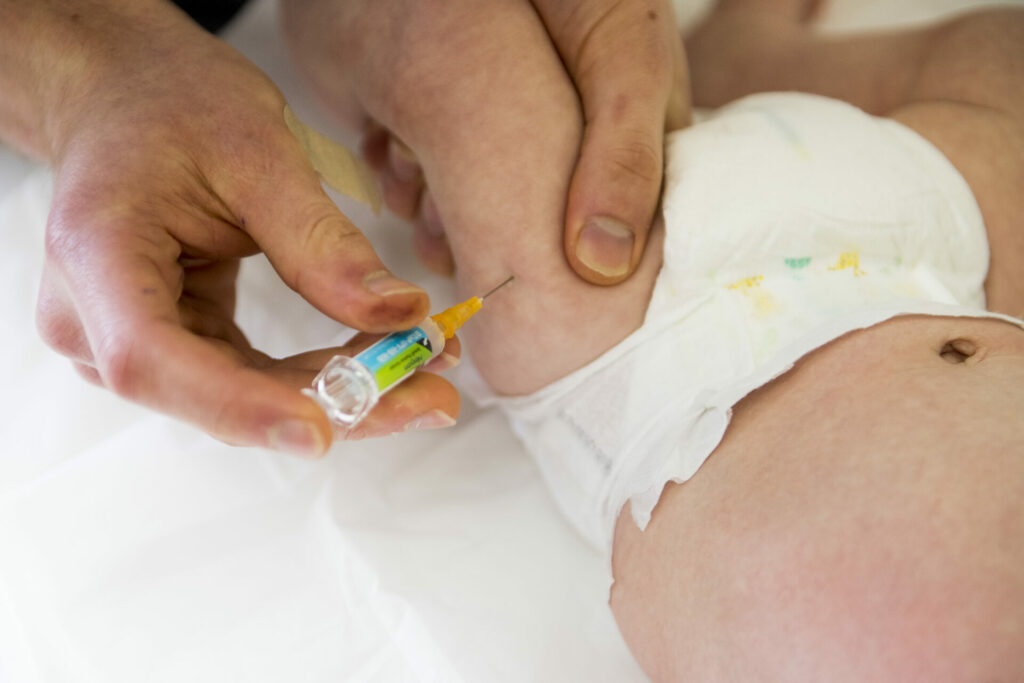Childhood vaccination rates worldwide are stagnating, warns the UN health and children organisations in a press release on Monday. In many areas, low vaccination rates are behind measles outbreaks.
Compared to the pre-pandemic levels, an additional 2.7 million children have remained unvaccinated or only partially vaccinated last year, the World Health Organization (WHO) and UNICEF jointly announced.
"The latest trends demonstrate that many countries continue to miss far too many children," said UNICEF Executive Director Catherine Russell.
In 2023, only 84% of eligible children (108 million) had completed the full mandatory three-dose regime of the Diphtheria, Tetanus, and Pertussis (DTP) vaccine. The number of children who receive the full DTP vaccine is a key marker for global vaccination coverage, explained the UN agencies.
This level of vaccination remained stagnant from the prior year, showing tentative progress after the steep decline caused by the Covid-19 crisis, stated the UN agencies. Before the pandemic, the rate stood at 86% in 2019.
The WHO further warns of the rise of certain diseases due to incomplete or lower vaccination rates, such as measles. "Measles outbreaks are the canary in the coal mine, exposing and exploiting gaps in immunization and hitting the most vulnerable first," said the WHO Director-General, Dr Tedros Adhanom Ghebreyesus. Last month, a sharp increase in cases of measles in Flanders and Brussels was reported.
Related News
- Risk for pregnant women: Infectious parvovirus on the rise in Belgium
- 'Check if you have been vaccinated correctly': Measles on the rise in Belgium
Issues regarding vaccination are particularly prevalent in war zones. Half of the world’s unvaccinated children reside in 31 conflict-ridden countries. These children face higher vulnerability to preventable diseases due to insufficient access to food and healthcare services.
In 2023, there were 14.5 million children worldwide who did not have access to the first DTP vaccine dose, also known as 'zero-dose' children. This represents an increase from 13.9 million in 2022, and 12.8 million in 2019.

